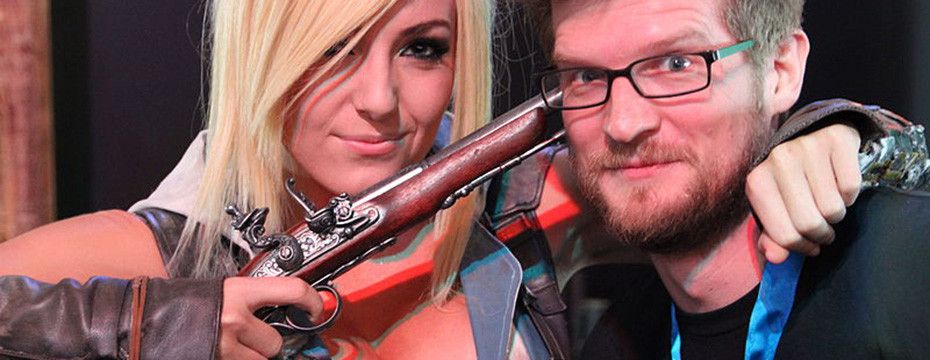
Photo Geeks
Modern photography is incredibly complex. We like to pretend that our mastery of cameras and digital technology has made photography easier or better, but in reality it has never been harder to simply create photographs.
Above all else, cameras and digital technology give us choices, and more choice means more complexity. Thirty years ago, photography basically consisted of loading film, processing film, and darkroom printing. D76 or Dektol, Tri-X, and an Omega enlarger were the state of the art tools. Over time, new materials were mastered and new tools devised (computer controlled exposures, autofocus lenses, plastics, computer chips, digital sensors) — and photography grew increasingly complex (digital camera, digital sensor sizes, RAW vs. JPG, sRGB vs. Adobe RGB vs. other working color spaces, color calibration, special effects software, Photoshop, Lightroom vs. Capture One vs. Aperture, online forums, social media diplomacy, global media, internet image hosting, electronic display vs. physical prints).
Tools are force multipliers — and our cameras and digital technologies are now so advanced that even a relative photographic novice can create worldwide repercussions with their photographs. In the past, your actions very rarely affected anything or anyone beyond your immediate circle of friends, family, or local community — today, a single photo shot by a smartphone and uploaded to Facebook can change the world.
In the past, camera formats had very specific purposes — today, thanks to monstrously powerful general purpose hardware and operating systems, our computerized photographic tools can perform an almost infinite number of tasks, often at the same time, and usually without us even being aware that they’re being performed.
“Lead, follow, or get out of the way so others can get a shot.”
It’s a cliche, with great power comes great responsibility, but to put it bluntly, most beginning student photographers simply have little idea how to handle the overwhelming power of modern photographic and computer controlled devices. Do you know someone who has sent an embarrassing email, or the wrong picture attached message to the wrong person, or misunderstood the incredibly puzzling complex settings for Facebook or Twitter? I can’t count the number of times I have forgotten to attach the attachments to an email. How many of your friends know what really happens when you push the shutter button on a digital camera, or press play on a Vimeo movie in a browser window? How many really care, or have to know how, as long as it works and they can impart that operational knowledge to others?
It wasn’t that long ago that most professional photographers completely understood every aspect of their tools — and this reflected in their proficiency with these tools. Today, there probably isn’t one person alive who could explain how to build a lens, let alone a whole digital camera. Likewise, there are very few people who know how to properly use all of the tools available or the myriad of combinations of digital sensors, lenses, and post processing software.
A modern personal computer has more functionality and can output more finished product than a 1970s professional photo lab that was operated by a dozen chemistry based processor engineers and print finishing staff, and yet in today’s always-connected, ubiquitously digital world, we expect a single, relatively uneducated photographer to somehow use these devices effectively? Wow, that is a lot of responsibility without much preparation.
And yet somehow, miraculously at times, this complicated nightmare of digital photography actually works. Yes, people often screw up and crash their computers doing some weird layer manipulation in Photoshop, or end up fighting bad advice sourced on YouTube, but on the whole we make incredibly good use of our cameras and digital technology.
Human photographers are very adaptable, we have to be to survive, but today it’s also due to the photo geeks. Photography since its inception has always had craft wise elders that guide their student apprentices safely through photography’s challenges. Cartier-Bresson, Edward Weston, Ansel Adams and all of the other historic photographers all made incredible contributions to the knowledge of the craft as it changed and matured.
In the olden days, these wise men and women would educate their apprentices in the ways of the world — how to operate a camera, how to develop film, and how to create a beautiful darkroom print. In today’s hyper-advanced technocratic society, the photography geeks are our sages, our medicine men, our craft teachers providing hands on workshops.
“The photo geek is my shepherd and I shall not bend, fold, staple, mutilate, – nor use any reserved characters.”
Now more than ever before, the way that many successfully navigate technological pitfalls and create beautiful photographic pieces is by reading carefully the articles, watching the videos, and carefully following the guiding footsteps of the photo geek community, these newly created shepherds of photographic society.
This is quite a burden even for geeks, who obviously have a better grasp of the underlying science and wizardry, but they’re still being buffeted around by the same incredible rate of technological advancement and the myriad details needing to be understood that today’s hyper-advanced technology is thrusting upon all of us. Like it or not, this trend will not slow down. In fact, my feeling is it will continue to accelerate in the coming months.
As our shepherds, our leaders, our explorers of the unknown, these photo geeks must assimilate the technological advances, then provide guidance for the rest of us. I’m sure you can remember a time when you asked a photo geek friend for advice on your next camera or piece of camera gear, whereupon he gladly shared with you the latest camera, software, and related computer wisdom. Or perhaps if your still reading this, you’re the geek that people come to with their questions?
Today the exponential effect of Moore’s law, the emergence of pervasive, ubiquitous computing resources, and the many advances in computer aided photography tools being a photo geek keeps getting a little more complicated. It’s no longer a matter of the fastest frame rates, the greatest number of megapixels in a particular sensor, or color calibrating a monitor; we’re now talking about sharing our work online, privacy (social sharing, behavioral targeting), adaptive lens technology (fit any lens to any mirrorless camera), manual focus for video vs. autofocus for stills, and other philosophical quandaries & craft skill challenges that most photographers really aren’t ready to deal with.
Five years ago, almost every photo geek would agree on which camera systems were superior for professional imaging work. The most flexible (Canon, Nikon), the highest resolution (Medium Format digital backs from Hasselblad, Sinar, Jenoptik, Leaf, Phase One) — but today, ask three photo geeks about which RAW conversion software is the best for stills, or what your default video settings should be, and you’ll get three quite different and likely unique answers.
“Here is to 2013. The year of the rise of the Photo Geeks as Mainstream NuMedia™”
This isn’t necessarily a bad thing for the future of the art of photography either. As our interactions with super advanced technology shifts from the hard science underpinnings of the camera (chemistry, physics) to the soft sciences that govern software (digital logic, human sociology, ethics, psychology, laws, beliefs, and customs), it’s understandable that more answers are based upon personal preferences and experiences, so universally acknowledged empirical answers are harder if not impossible to come by. When you get right down to it, it isn’t all that important that photo geeks always give a “correct” answer. When it comes to the practice of the photographic craft, where the expression of individual creativity in a unique photographic image is the end goal, what determines “correct” anyway? The important screening criteria should be that they know enough that they can give advice to others less informed or less educated on a specific aspect.
Ultimately, for non photo geeks and those of us somewhat in the know, the bottom line is we’re beholden to the wish and whimsy of our photo geeky compatriot cousins. The science and technology has become so complicated that it is literally impossible today for anyone to be master of it all. For myself, I would gladly settle for mastering the art and leaving the science and technology to the photo geek community with my blessings.
Reflecting upon it, this has been the same throughout the relatively short history of photography, with the masses following in the footsteps of just a handful of the early pioneers. Photo geeks now shoulder this responsibility as the modern day “digital pioneers” and for better or worse, there isn’t a whole lot to do about it. It seems to me that even as confusing as the advice is at times, and it certainly can be confusing depending upon the complexity, most of the photo geeks are doing a pretty decent job of it so far. It is not an easy job!
If you’re a photo geek, writing or teaching today, please keep in mind the responsibility you bear as one of our representatives. Be an “ace-in-the-hole” for the masses; a trusted shepherd who will gently guide us through the uncertain, ever-shifting clouded fog of bleeding-edge technology. Technology that many may never completely understand, but with your help and instruction can possibly learn to use. This is a lot of responsibility, but hopefully you will all do it to the best of your ability and research your subjects well before expounding upon them. Understand please, that your actions will directly affect the adoption (or fail) of technology tools that are chosen for the artistic works of the present and those of the future. You influence the methods adopted by the vast majority of people creating photos today, professional and otherwise, and thus help shape the future of human culture. The culture of my generation and the photographs we all will be remembered by.
PLEASE RATE THIS ARTICLE! [ratings]
The image at the top was originally posted to Flickr by avatar-1 at http://flickr.com/photos/74511102@N00/9567239420. It was reviewed on by the FlickreviewR robot and was confirmed to be licensed under the terms of the cc-by-sa-2.0.



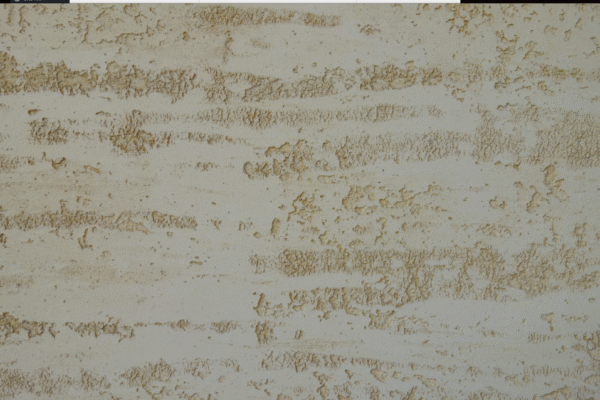
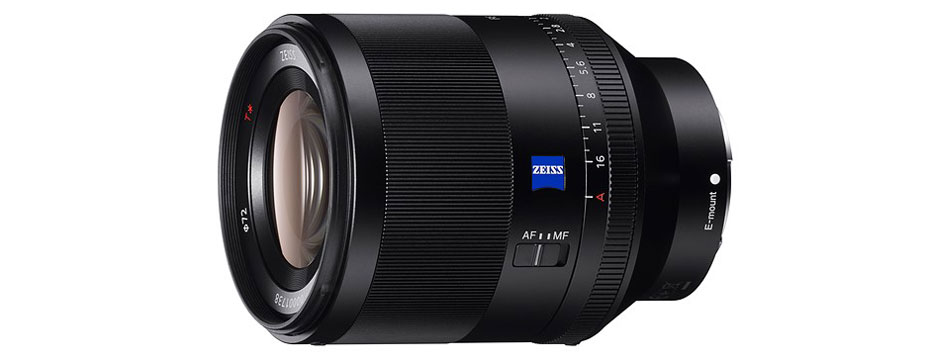
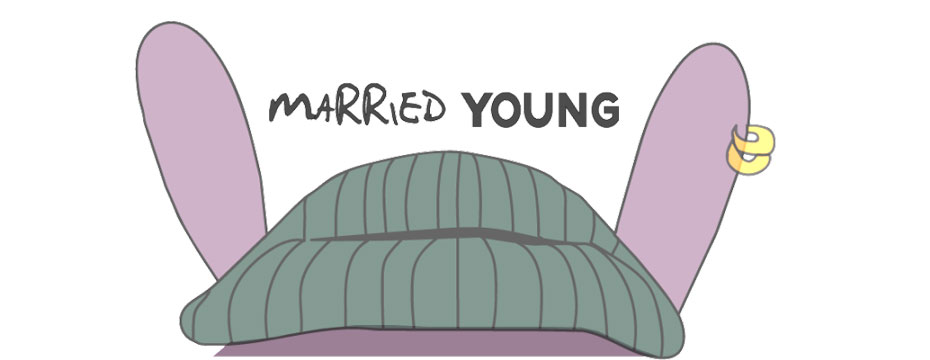

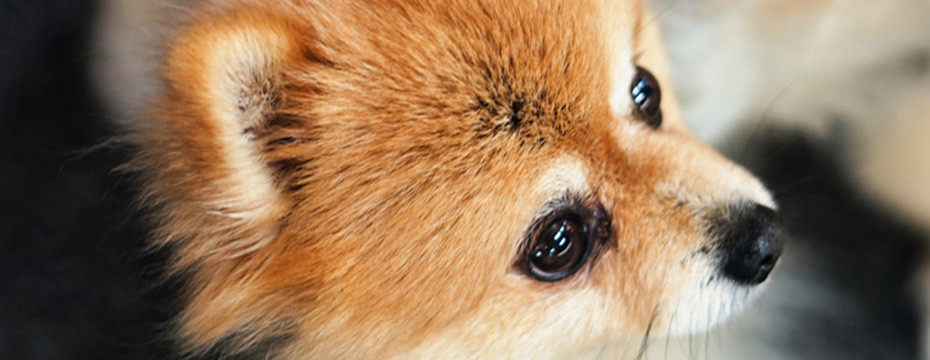
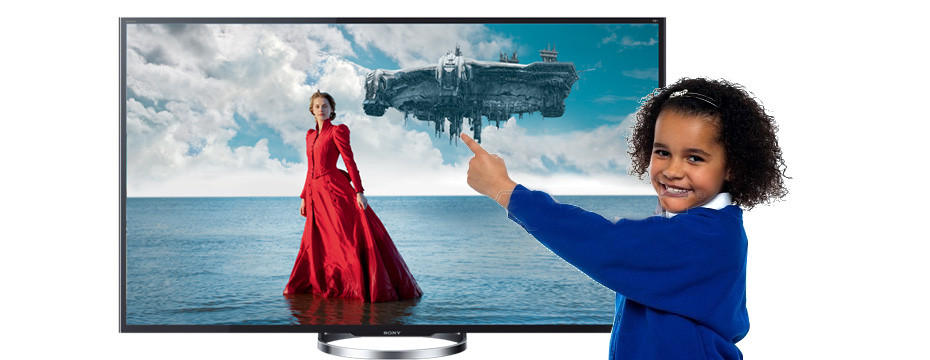
Suzanne Birrell
Amen.